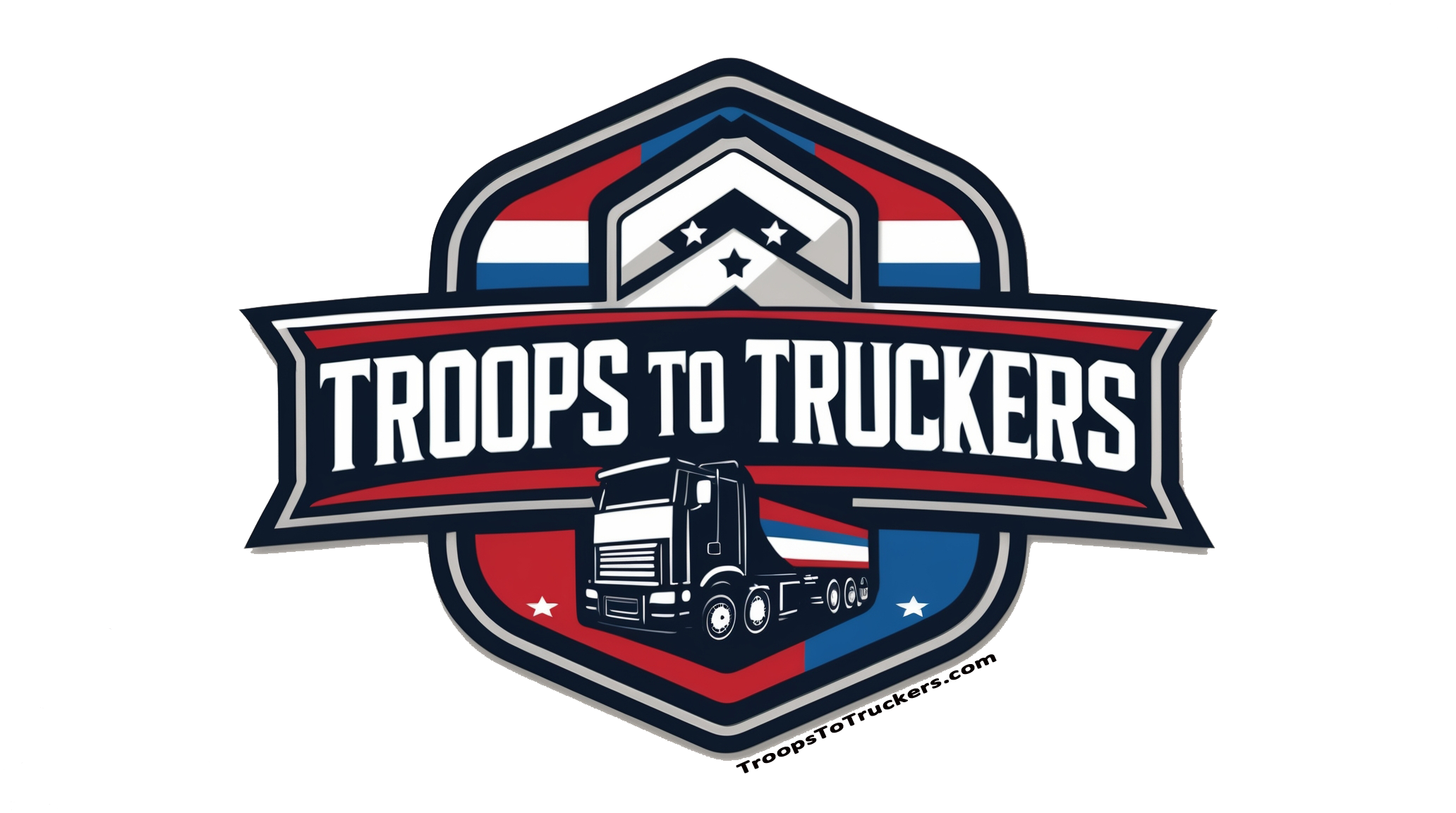 Entering the world of commercial truck driving requires a strong foundation in both knowledge and practical skills. The essential training process for CDL (Commercial Driver’s License) drivers is designed to prepare new drivers for the unique demands of the road, from handling a large vehicle in diverse weather conditions to following complex regulations that ensure the safety of both the driver and the public.
Entering the world of commercial truck driving requires a strong foundation in both knowledge and practical skills. The essential training process for CDL (Commercial Driver’s License) drivers is designed to prepare new drivers for the unique demands of the road, from handling a large vehicle in diverse weather conditions to following complex regulations that ensure the safety of both the driver and the public.
This chapter will outline the training process, highlighting the importance of thorough and comprehensive training as the cornerstone of safety, professionalism, and long-term success in the trucking industry.
The CDL Training Process
The journey to becoming a certified CDL driver begins with a structured training program that includes a blend of classroom instruction, hands-on practice, and skill assessments. These programs are offered by a range of institutions, including community colleges, private truck driving schools, and company-sponsored training programs.
Regardless of the specific path a trainee chooses, CDL training generally follows a standard structure designed to provide all the necessary tools for success on the road.
Classroom Instruction
The first phase of CDL training usually takes place in a classroom setting, where students learn the theoretical knowledge essential for safe and responsible driving. Classroom instruction covers a variety of subjects, all of which lay the foundation for practical skills in operating a commercial vehicle. Here are some of the core topics covered during this stage of training:
Federal and State Regulations: CDL drivers must adhere to strict federal and state regulations, such as Hours of Service (HOS) rules, which govern how long a driver can operate a vehicle before taking a break. These regulations are essential for preventing driver fatigue and ensuring road safety. Classroom instruction provides a thorough understanding of these regulations and how they apply to everyday driving.
Vehicle Systems and Maintenance: Understanding the mechanics of a commercial vehicle is crucial for a driver’s safety and efficiency. During classroom instruction, students learn about the various systems of a truck, including the engine, transmission, braking system, and more. This knowledge allows drivers to recognize potential issues and perform routine checks to keep their vehicles in safe, working condition.
Safety Procedures: Safety is a top priority for CDL drivers, and the classroom phase includes detailed instruction on safety procedures. Trainees learn about the principles of defensive driving, emergency maneuvers, and hazard recognition. They are also taught how to conduct pre-trip and post-trip inspections, which are critical for identifying any issues with the vehicle before hitting the road.
Logbooks and Record-Keeping: Accurate record-keeping is a fundamental part of a CDL driver’s job. During training, students learn how to maintain logbooks and other records in compliance with federal regulations. They also learn how to use electronic logging devices (ELDs), which are now mandatory in most commercial vehicles, to track their driving hours and ensure compliance with HOS rules.
GPS Skills and Trip Planning: CDL drivers often cover long distances and must be proficient in reading maps, planning routes, and calculating delivery times. Classroom instruction helps trainees develop these skills, teaching them to navigate efficiently while factoring in rest stops, fueling, and load requirements.
The classroom phase of CDL training generally concludes with a written examination that tests students on the knowledge they’ve gained. Passing this test is usually a prerequisite for advancing to the next stage: hands-on practice.
Hands-On Practice
While classroom instruction provides a solid foundation, CDL training truly comes to life during the hands-on practice phase. This is where trainees apply their knowledge in a real-world setting, practicing the skills necessary to operate a commercial vehicle safely and confidently.
Vehicle Maneuvering: Maneuvering a large vehicle like a tractor-trailer requires skill, patience, and precision. During this phase, trainees learn how to handle the vehicle in various situations, including making turns, backing up, and parking. They practice these skills in a controlled environment, such as a driving range, before moving on to public roads.
Shifting Gears: For those driving a manual transmission truck, learning how to shift gears smoothly is essential. This skill requires practice and concentration, as improper shifting can damage the vehicle and pose a safety risk. Instructors work closely with trainees to help them master this skill, teaching techniques to prevent gear-grinding and ensure a smooth driving experience.
Driving in Various Conditions: CDL training includes practicing in a range of conditions, from daytime to nighttime driving, and ideally, in various weather conditions such as rain or snow. This exposure is critical for preparing new drivers to handle the diverse challenges they’ll face on the road.
Loading and Unloading Procedures: Safe loading and unloading are essential for both cargo security and vehicle stability. Trainees learn the proper methods for securing cargo, distributing weight, and handling different types of freight. This knowledge helps prevent accidents caused by shifting loads and improves fuel efficiency by ensuring proper balance.
Pre-Trip and Post-Trip Inspections: Hands-on practice includes performing pre-trip and post-trip inspections, which are essential for safety and compliance. These inspections involve checking brakes, tires, lights, and other critical components. During training, students learn to identify potential issues and understand the steps needed to address them.
Hands-on practice is typically supervised by experienced instructors who provide guidance, feedback, and tips for improvement. This stage of training allows students to develop their skills under controlled conditions, building confidence and competence before taking to public roads.
On-the-Road Training and Driving Skills Assessment
The final phase of CDL training takes place on the road, where trainees drive under real-world conditions with an instructor. This stage allows trainees to experience different types of roads, from highways to city streets, and develop the ability to navigate traffic and road hazards.
During on-the-road training, instructors emphasize the following skills:
Defensive Driving: Trainees learn the importance of defensive driving techniques, such as maintaining a safe following distance, anticipating other drivers’ actions, and preparing for unexpected events. Defensive driving is critical for preventing accidents and maintaining safety on the road.
Observing Traffic Laws and Signals: Adhering to traffic laws is essential for any driver, but it is especially important for CDL drivers who operate large and potentially hazardous vehicles. During this phase, trainees learn to follow traffic signals, speed limits, and lane-changing rules specific to commercial vehicles.
Handling Emergency Situations: Instructors teach trainees how to respond to emergency situations, such as tire blowouts, brake failures, and accidents. Knowing how to handle these situations safely is crucial for minimizing risk to both the driver and other road users.
The culmination of CDL training is a skills assessment or “road test,” where trainees demonstrate their ability to operate a commercial vehicle safely and responsibly.
This assessment typically includes pre-trip inspections, basic control skills, and on-the-road driving. Passing the road test is a requirement for obtaining a CDL and is the final step in the training process.
The Importance of Comprehensive CDL Training
CDL training is more than a series of steps to obtain a license; it is a comprehensive program that instills the knowledge, skills, and attitudes necessary for safe and professional driving. The trucking industry relies on skilled drivers who can navigate challenging conditions, follow complex regulations, and uphold high standards of professionalism.
Safety as the Cornerstone of CDL Training
Safety is at the heart of every aspect of CDL training. From the classroom to the road test, each step is designed to minimize the risks associated with operating large vehicles. A well-trained CDL driver not only protects themselves but also contributes to the safety of everyone on the road.
Professionalism and Responsibility
Commercial truck drivers are representatives of their companies and often interact directly with customers, loading dock personnel, and law enforcement. CDL training emphasizes the importance of professionalism, teaching drivers to conduct themselves responsibly, communicate effectively, and maintain a positive image for the industry.
Long-Term Success and Career Advancement
The investment in thorough CDL training pays dividends in the long term. Drivers who start their careers with a solid training foundation are better equipped to handle the challenges of the job, advance in their careers, and earn the respect of employers and colleagues.
Comprehensive training also prepares drivers to take on additional responsibilities, such as mentoring new drivers or pursuing management roles within their companies.
In summary, essential CDL training is a multifaceted process that combines classroom learning, hands-on practice, and on-the-road experience. This process is designed to build confident, capable, and safe drivers who can meet the demands of the trucking industry.
The importance of thorough training cannot be overstated; it is the key to creating a new generation of drivers who are both professional and prepared to navigate the roads with skill and safety.




Comments are closed